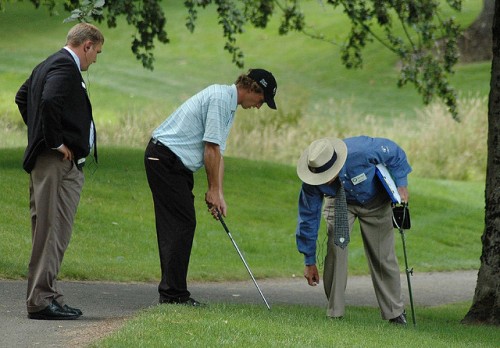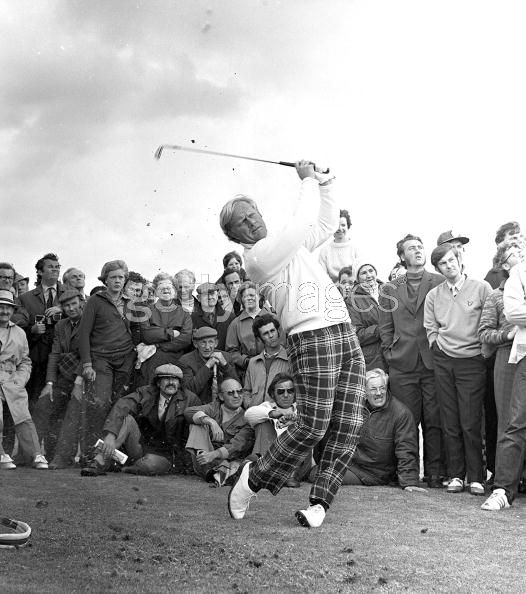What would it be like to have giraffe and an elephant in your foursome? Can a golfer ever experience nature in its most raw and vital form? If you’ve ever asked yourself these questions, then the Hans Merensky Golf Course is just the right stop for you.
The Hans Merensky course, designed by legendary Robert Grimsdell, is ranked as one of the top 20 golf courses in South Africa (also the best walking course in S.A.). Located just minutes from the gates of the Kruger National Park, it has the privilege and honor of having hosted many professional and amateur tournaments.

What makes the Merensky unique is that a golfer playing on the golf course not only has to navigate the large bunkers and bushveld trees that line the fairway, but also needs to watch out for ball-loving crocodiles, hippos and other wildlife. In fact, since the course is bordered by the Kruger National Park, during the drier winter months, elephants, several species of antelope, giraffe, warthogs and even big cats can be found on the course.
Bring your binoculars because playing this course is a real safari experience – on the 16th, a pulled or hooked drive could well land in Kruger National Park. It is hard to imagine a better place to play eighteen holes that also provides an oasis of leisure and elegance. Do not miss your expedition!


